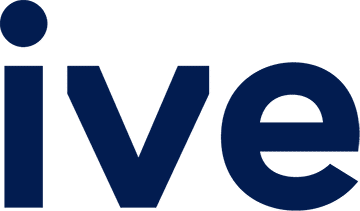In the age of data-driven decision-making, organisations are recognising the power of data analytics in shaping effective communication strategies. By leveraging data insights, businesses can personalise their messaging, optimise marketing campaigns, and build stronger connections with their target audience. If you’re looking to harness the potential of data analytics for data-driven communications, this blog post will guide you through the essential steps to get started.
- Define Your Communication Goals: Before diving into data analytics, it’s crucial to clearly define your communication goals. Determine what you want to achieve through data-driven communications, such as increasing customer engagement, improving campaign effectiveness, or enhancing brand perception. Setting specific, measurable objectives will help guide your data analytics efforts and ensure alignment with your overall communication strategy.
- Identify Relevant Data Sources: To kickstart your data analytics journey, identify the relevant data sources that can provide valuable insights for your communication goals. This may include customer databases, website analytics, social media metrics, email marketing data, and more. Consider both internal and external sources to gather a comprehensive view of your audience, their preferences, and their behaviours.
- Data Collection and Integration: Once you’ve identified the data sources, establish a robust data collection and integration process. Ensure that you have mechanisms in place to gather data accurately and consistently. Depending on the sources, this may involve implementing tracking codes, integrating APIs, or leveraging data management platforms. The goal is to create a unified dataset that brings together various data points for comprehensive analysis.
- Data Analysis and Insights Generation: With the data in place, it’s time to dive into analysis and generate actionable insights. Leverage data analytics tools and techniques to extract patterns, trends, and correlations from your dataset. Explore data visualisation methods to effectively communicate your findings. Identify key metrics, such as customer segmentation, campaign performance, or content engagement, that align with your communication goals. This analysis will empower you to make informed decisions and optimise your communication strategies.
- Test and Refine: Data-driven communications require a mindset of continuous improvement. Implement A/B testing or multivariate testing to experiment with different communication approaches and measure their impact. Analyse the results and refine your strategies based on the insights gained. By iterating and optimising your communication efforts based on data-driven feedback, you can achieve greater effectiveness and maximise your communication ROI.
- Data Privacy and Ethics: Throughout the data analytics journey, prioritise data privacy and ethics. Ensure that you comply with relevant regulations and handle data securely. Anonymise and protect personally identifiable information (PII) to maintain customer trust. Establish clear policies and guidelines for data usage and ensure transparency in your communication practices.
Data analytics is a powerful tool for driving data-driven communications. By defining your goals, identifying relevant data sources, collecting and integrating data, analysing insights, testing and refining your strategies, and maintaining data privacy and ethics, you can unlock the potential of data analytics in shaping effective communication campaigns. Embrace the data-driven mindset, leverage analytics tools, and continuously iterate to achieve greater communication success.
Ready to embark on your data-driven communications journey? Contact us today to explore how our data analytics services can help you uncover valuable insights and optimise your communication strategies for better business outcomes.





